Movement Disorders
Leadership

Vikram Shakkottai, M.D., Ph.D.
Section Head
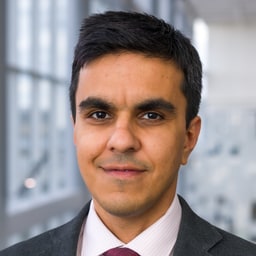
Vibhash Sharma, M.D.
Clinical Lead
Contact
Elva Coronado
Academic Administrator
elva.coronado@utsouthwestern.edu
Patient Appointments
214-645-8800
Book Online
The Section of Movement Disorders is one of the nation's leading academic movement disorders sections. The Section embodies the core missions of the Department of Neurology, including excellence in patient care, promoting education, and advancing our understanding and treatment of involuntary movement disorders through research.
Our faculty are recognized nationally and internationally for their academic contributions to understanding and treating ataxia, dystonia, and tremor. They have a long history of translating scientific discoveries into clinical care.
Faculty
The Movement Disorders faculty comprises ten individuals, who form a cohesive unit that is collectively dedicated to advancing research, education, and clinical care. Seven faculty lead extramurally funded laboratories. Their research ranges from basic science to clinical and focuses on several targeted areas: ataxias and cerebellar diseases, tremor, and dystonia. Six of our faculty care for patients with involuntary movements, interfacing with our trainees in various clinical settings. The collective knowledge of our faculty contributes significantly to the field of movement disorders and faculty are widely regarded as leaders in their field.
View all faculty View APPs Join Our Team
Movement Disorders Highlights
7,000
Patient Visits Per Year
6
Subspecialty Clinics
2
Centers of Excellence
6
Faculty with extramural funding
6
Faculty who lead clinical programs
3
Fellowship Tracks
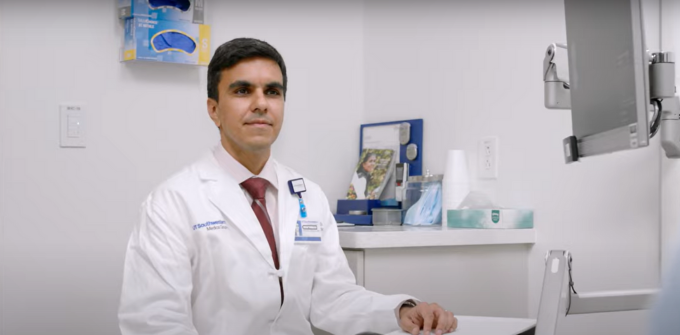
Subspecialty Care
Beyond providing care for patients with the full range of movement disorders, our faculty lead 6 subspecialty clinics: ataxia, tremor, NPH, chemodenervation, HD, and neuromodulation. A total care program for Parkinson’s Disease further enhances the treatment we can provide for our patients with Parkinson’s disease.
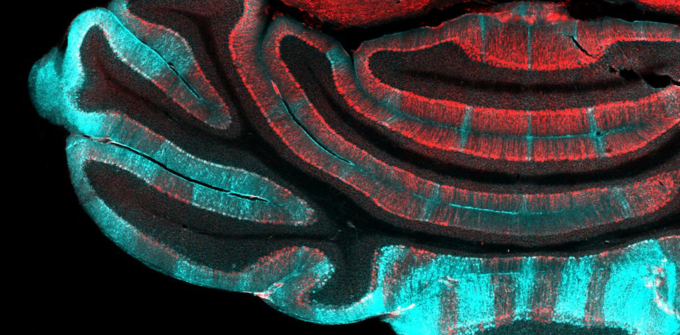
Research
Physicians and scientists within the Movement Disorders Section center their discoveries on a range of clinical and basic science topics relevant to movement disorders. Clinical research activities span clinical trials, case-control studies, natural history and cohort studies, epidemiological studies, and biomarker studies. Clinical cohorts form the cornerstone of biomarker research and feed into tissue repositories, including a nationwide centralized tissue repository. Basic research in the laboratories investigates disease mechanisms in neurodegenerative ataxias and dystonia, the consequence of cerebellar impairment at the level of brain circuits, and the identification of cellular and circuit targets for intervention in cerebellar and basal ganglia disorders. An international cell repository for ataxia research is maintained here. In their collective, the faculty has a robust research portfolio that advances discovery into the basic mechanisms of ataxic disorders, dystonia, and tremor.
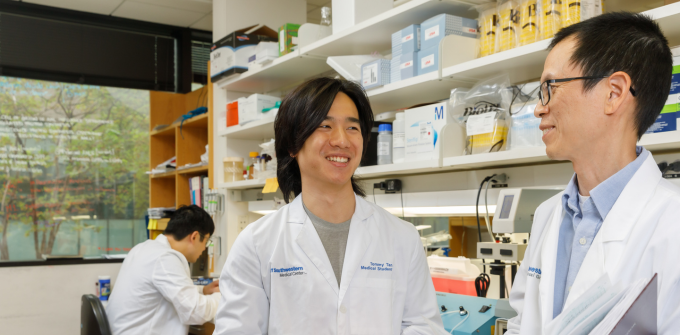
Education & Training
Our movement disorders fellowship training program is designed to provide intensive clinical exposure in a broad range of settings, with trainees working alongside faculty with extensive knowledge of these disorders. Many of the faculty are thought leaders in the field, providing the trainees with profound and nuanced perspectives. For trainees, weekly video rounds offer a forum for the recognition of subtle clinical nuance, the exchange of clinical and scholarly ideas, and exposure to faculty whose training background is diverse itself. The program, in general, is designed to provide our trainees with time to reflect, engage in scholarly projects, and network with future colleagues.
Seven faculty in the section engage in extramurally supported research into cerebellar disorders, tremor, and dystonia. There is a unique opportunity for movement disorders fellows to engage in basic or translational research. The training can therefore be curated to the needs of trainees as future clinicians, clinician-educators, and physician-scientists.
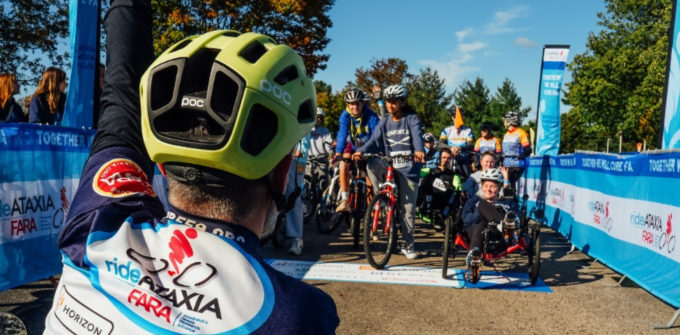
Our Reach Within the Community
The National Ataxia Foundation coordinates Ataxia Support Groups as a way for the Ataxia community to connect and learn from others. There are more than sixty-five support groups and hundreds of meetings each year. The volunteer North Texas Area Support Group provides this invaluable service to the North Texas community, one of just three in Texas. Members of the Ataxia team at UT Southwestern Medical Center participate in support group meetings and provide professional input.
Friedreich’s Ataxia Research Alliance (FARA) is a non-profit organization whose mission is to marshal and focus the resources and relationships needed to cure Friedreich’s ataxia (FRDA). Our researchers work with FARA to educate, inform, and communicate with the FRDA patient community. Faculty organize Research Days, inviting FRDA patients and their caregivers into research laboratories to learn about work in progress to develop disease treatments. Members of the Movement Disorders team also participate in rideATAXIA Dallas, an annual community engagement event that facilitates interaction between our physicians and researchers and the regional Ataxia patient community.

